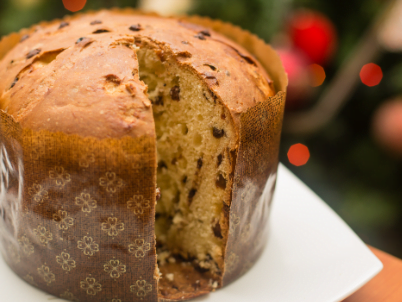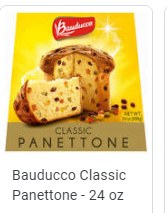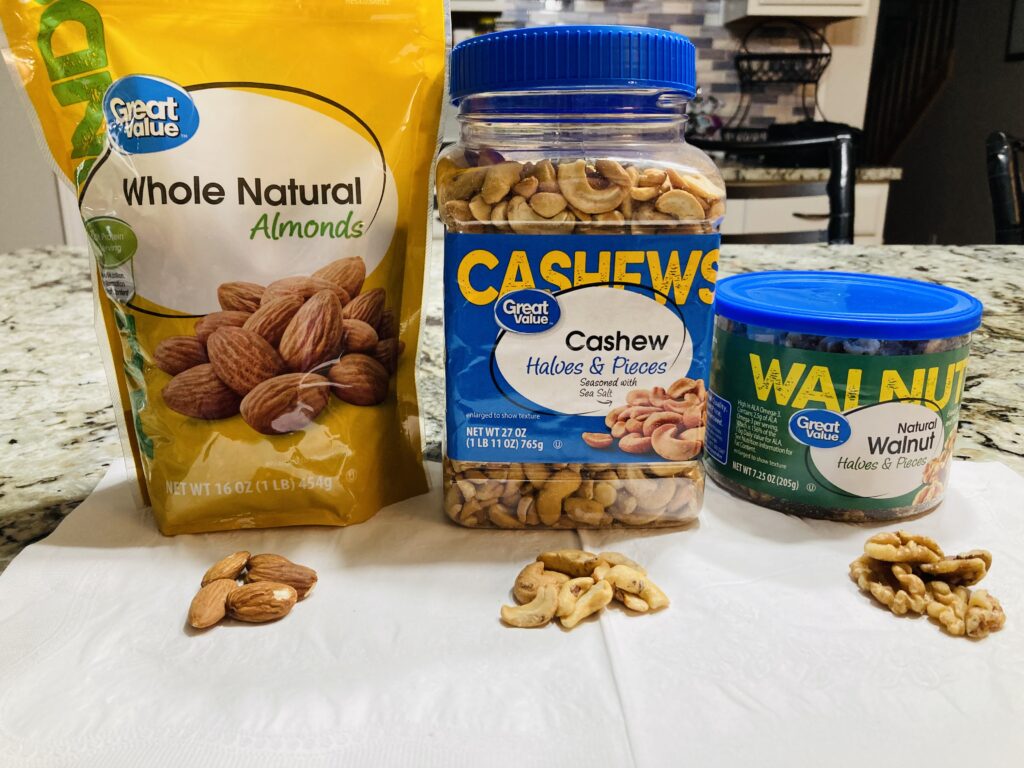French bread (baguette) is known for its long, slender shape, crispy crust, and soft, airy interior, with a mild, less sweet flavor. Italian bread, such as ciabatta, has a rustic look, chewy crust, and open, holey texture. Another popular Italian variety, focaccia, features a flat, dimpled surface and is rich in olive oil flavor.
Italy and France both have a rich tradition of bread making. While in the US, a bread basket is often offered as a prelude to a meal at a restaurant, in Italy and France, bread holds a fundamental role in nearly every dining experience.
Historical records indicate that the earliest breadmaking dates back to approximately 8000 BC, originating in the Middle East, particularly in Egypt. The quern, an early grinding tool, played a pivotal role in this process. Grains were crushed, leading to the creation of what we now identify as chapatis in India or tortillas in Mexico, forms that closely resemble the bread of that era.
In medieval Europe, bread served not only as a staple food but also as part of the table service. In the standard table setting of the day the trencher, a piece of stale bread roughly 6 inches by 4 inches (15 cm by 10 cm), was served as an absorbent plate.
Comparison of French and Italian Bread
| French Bread | Italian Bread |
|---|---|
| Flour, water, salt, yeast | Flour, water, salt, yeast, olive oil, herbs |
| Crispy crust, airy crumb | Varies: chewy to dense |
| Baguette, brioche, pain de campagne | Ciabatta, focaccia, pane di Altamura |
| Long, thin (baguette), round (boule) | Varies: long, round, flatbread |
| Slightly tangy | Rich, aromatic |
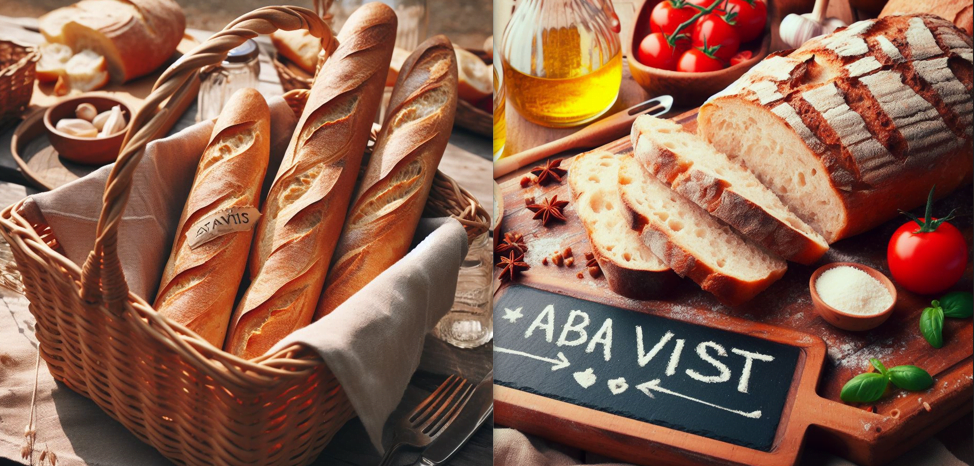
The distinctive appearances of French and Italian loaves are a visual representation of their respective cultural and historical backgrounds. The French baguette, for example, is characterized by its elongated and slender shape with rounded ends. On the other hand, Italian focaccia bread is known for its flat, circular form. These striking contrasts in the visual aspects of French and Italian bread mirror the traditional pairings they have with specific dishes and the intended manner of consumption.
All about French Bread
French breads, renowned worldwide for their exquisite simplicity and unparalleled crustiness, stand as a cornerstone of culinary artistry within the realm of baking. Rooted in centuries-old traditions, these loaves embody the essence of French gastronomy, marrying rustic authenticity with refined technique.
The allure of a perfectly baked baguette, with its crisp, golden exterior and airy, tender crumb, transcends borders and beckons connoisseurs and novices alike to savor its distinctive charm. From the iconic baguette to the more robust boule, each variety of French bread carries with it a unique heritage, a testament to the craftsmanship of generations past, and an invitation to partake in a timeless culinary experience.
French bread vs Italian what’s the differences
| French bread | Italian bread |
|---|---|
| Wheat flour type 45 | Durum Wheat flour |
| Water | water |
| Yeast | Active yeast |
| Salt | Salt |
| Law in France state long bread cannot have added oil or fat | Often contains bit of milk and herbs |
| French flour typically possesses a lower ash content compared to flour originating from other nations. | Sugar |
| lower in gluten | High-protein wheat flour is frequently utilized by Italian bakers |
| High in sodium | Eggs are added to bread dough |
What is French Bread?
French bread, known for its crispy crust and airy crumb, is a staple in French cuisine. The most iconic type is the baguette, but there are other varieties like brioche, pain de campagne, and fougasse.
What is Italian Bread?
Italian bread offers a diverse range of textures and flavors. Famous varieties include ciabatta, focaccia, and pane di Altamura.
15 Types Of French Bread:
Here is a compilation of noteworthy French breads, originating from France:
- Baguette – A slender, elongated type of bread with French origins. The “baguette de tradition française” is crafted from wheat flour, water, yeast, and common salt. It may also incorporate up to 2% broad bean flour, up to 0.5% soya flour, and up to 0.3% wheat malt flour.
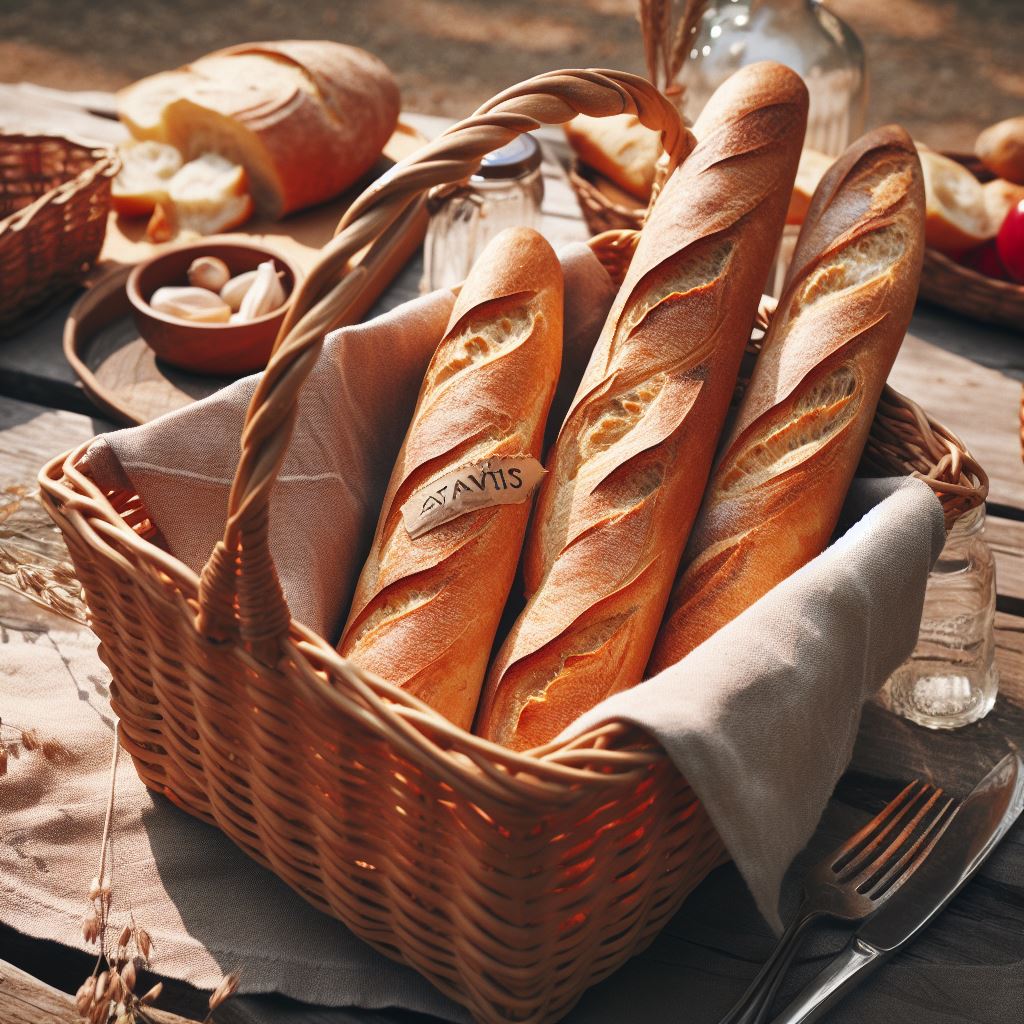
Baguette bread in a basket
2. Boule de pain – A traditional form of French bread resembling a flattened ball. It is traditionally made using only bread flour, salt, a leavening agent, and water.

Boule de pain in a basket
3. Brioche – Notable for its high egg and butter content, resulting in a rich, tender, and dense crumb.
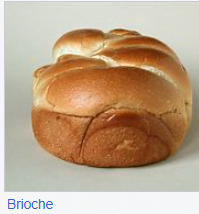


4. Croissant – A buttery, flaky, French pastry inspired by the shape of the Austrian kipferl but utilizing French yeast-leavened laminated dough. The name “croissant” is derived from its crescent shape, achieved through a technique called laminating, where the dough is layered with butter, rolled, folded, and rolled again to create a thin, flaky texture, akin to puff pastry.
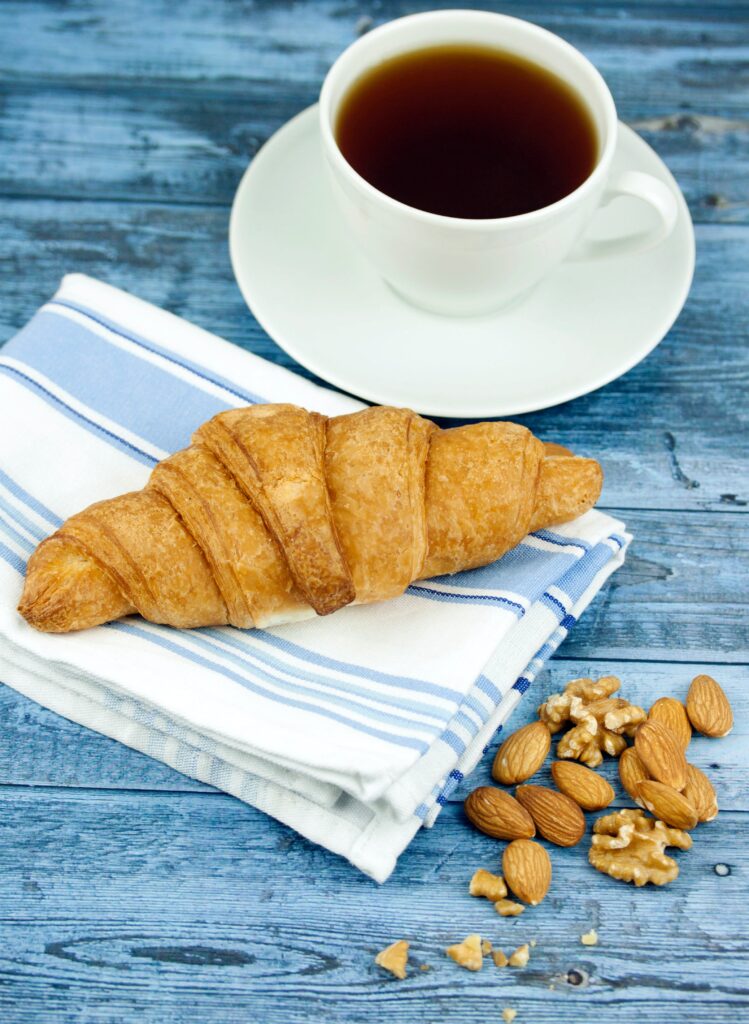
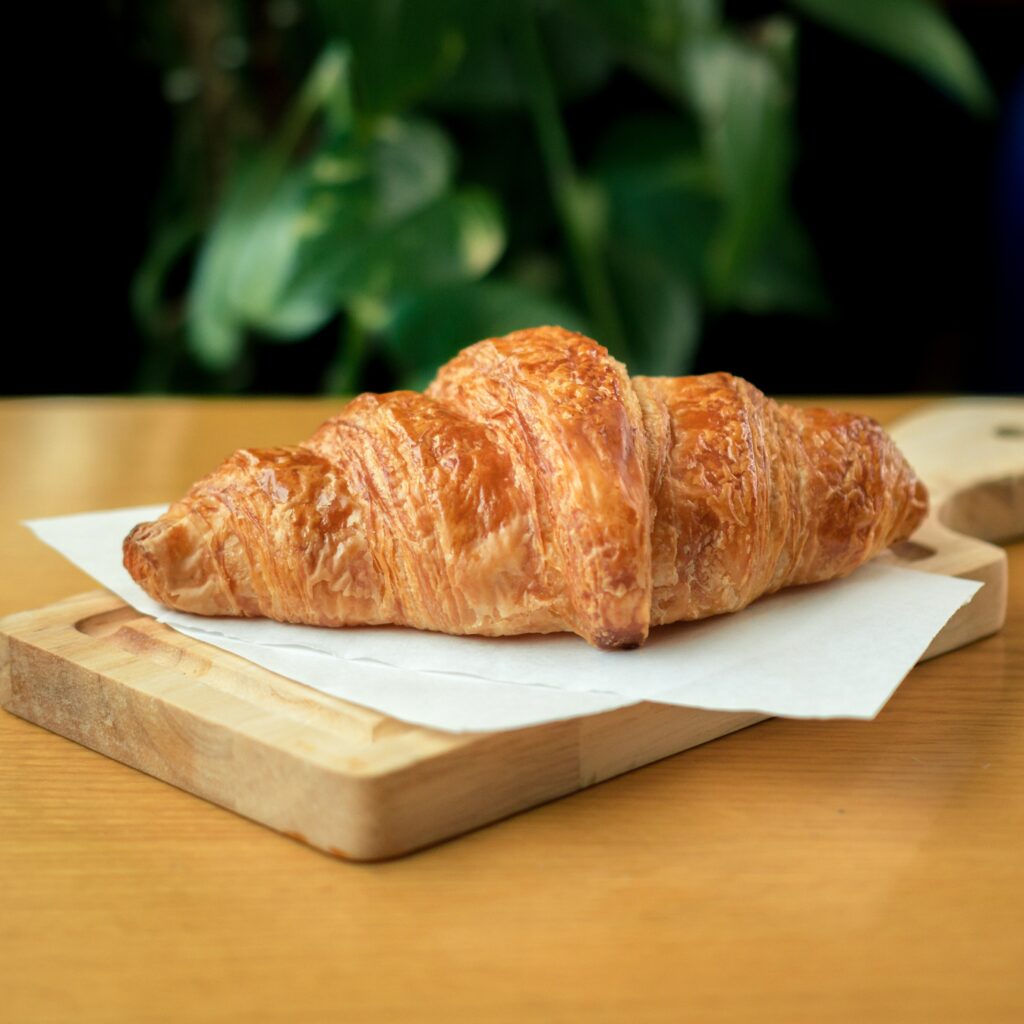
Croissant
5. Faluche – A light, pale white bread that holds traditional significance in the Nord-Pas-de-Calais region of northern France and the Tournai region of southern Belgium. Faluche is a soft, slightly dense, pale white bread that resembles a small deflated soccer ball in shape.
It can be enjoyed either warm at breakfast with options like butter and jam, or with cream cheese and smoked salmon. Alternatively, it makes for a delightful snack when paired with butter and brown sugar, or with brie cheese. The ingredients for faluche include white flour, baker’s yeast, water, a touch of salt, and butter. Traditionally, it’s often baked in a bakery as the oven is warming up before the main baking process begins.
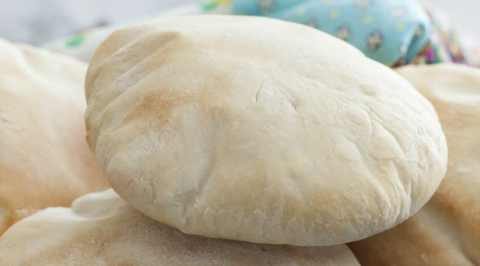
Faluche bread

6. Ficelle – A French bread loaf, similar to a baguette but much thinner, made with yeast.

Ficelle bread
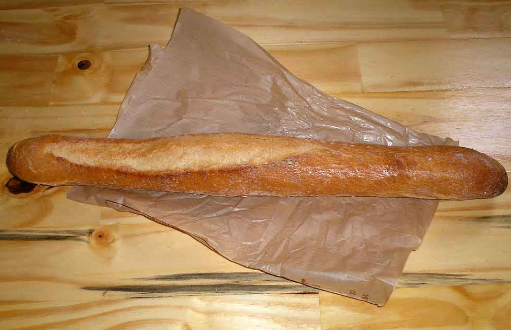
7. Fougasse – Commonly associated with Provence but found in other regions with variations. Some versions are intricately shaped or slashed to resemble an ear of wheat.

Fougasse
8. Pain aux noix – Prepared using whole grain wheat flour and walnuts.
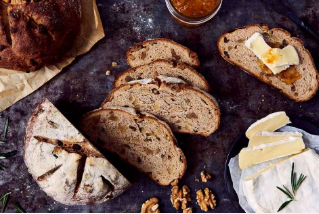
9. Pain brié – A Normandy bread with its name derived from the pounding of the dough, as “brie” originates from the Old Norman verb “brier,” meaning “to pound.” It boasts a tight, fairly dense crumb.

Pain brié
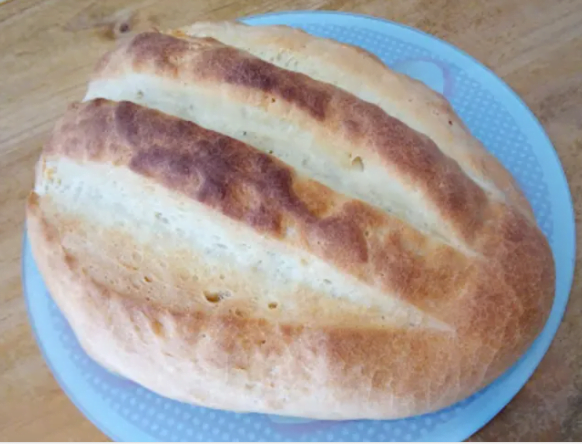
10. Pain complet – Crafted with whole wheat flour, resulting in a moist texture with a tight crumb. It may also be prepared with a blend of wheat and white flour.
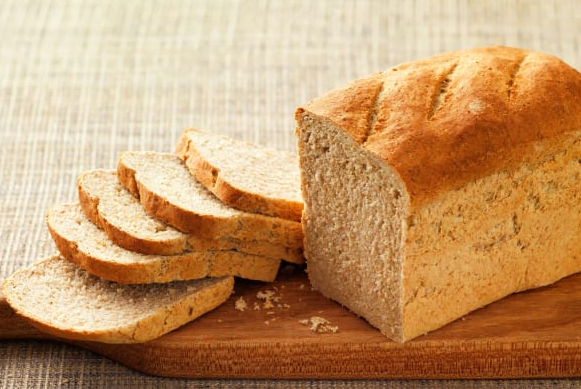
Pain complet
11. Pain couronne – Named “bread crown” in French due to its shaping, it comprises small sourdough rolls that are torn off from the main loaf.
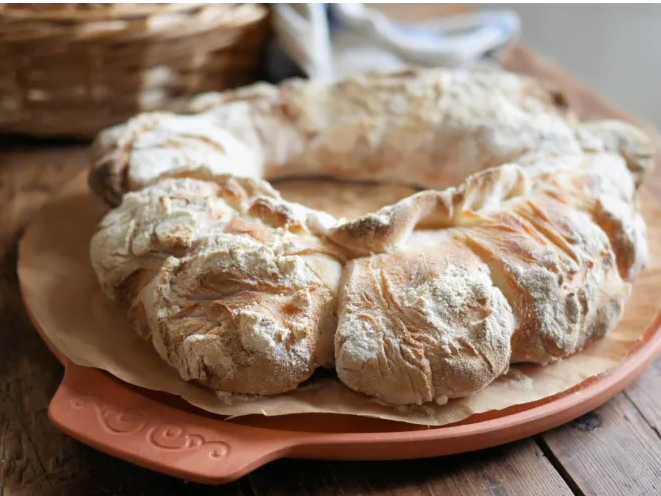
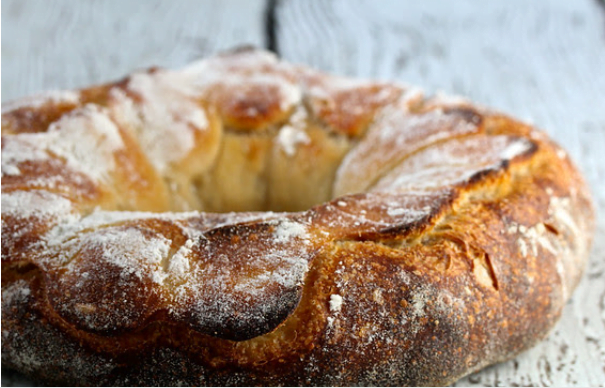
Pain couronne
12. Pain d’épices – Translates to “spice bread” in French, this is a rye quick bread enriched with spices like cinnamon and honey.
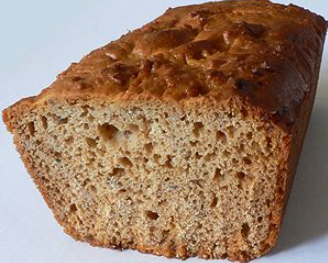
Pain d’épices
13. Pain de campagne – Known as “country bread” in French, or “French sourdough,” it is typically a large round loaf (miche) made from natural leavening or baker’s yeast. Traditional versions incorporate a mix of white flour, whole wheat flour, and/or rye flour, along with water, leavening, and salt.
14. Pain de mie – A white or brown bread with a thin, soft crust. It is commonly used for sandwiches.
15. Pain de seigle – A rye bread with distinct flavor notes of chocolate and malt.
Key Characteristic of French Bread
- Shape and Size: French bread is typically long and slender, usually about 60-80 centimeters (24-30 inches) in length. The cross-section is round or oval.
- Crust: It has a thin, crisp crust that is often golden-brown in color. This crust is achieved by using high heat and steam during the baking process.
- Texture: The interior of French bread is soft, with an open crumb structure. The crumb has irregular, unevenly sized air pockets, giving it a light and airy texture.
- Flavor: Authentic French bread has a mild, slightly tangy flavor with a subtle wheat taste. The fermentation process contributes to its characteristic taste.
- Ingredients: Traditional French bread is made from basic ingredients: flour, water, yeast, and salt. There are no added fats or sweeteners.
- Flour: French bread is typically made from a type of flour known as “Type 55” in France, which has a medium protein content. This flour provides the right balance of structure and tenderness.
- Yeast: The use of natural yeast (wild sourdough starter) or commercial yeast is common in French bread. Traditionalists may prefer natural yeast for its unique flavor profile.
- Preparation: French bread dough is relatively simple, often consisting of just flour, water, salt, and yeast. It’s mixed, allowed to rise, shaped, and then given a final proofing before baking.
- Baking Technique: Baking is typically done in a hot oven with initial high heat for a burst of steam and a quick rise, followed by a lower temperature for even baking. This contributes to the distinctive crust.
- Freshness: French bread is best when consumed soon after baking. It’s known for its crisp crust, and this quality diminishes with time.
- Cultural Significance: French bread holds cultural importance in France and is often considered a staple of French cuisine. It’s served with a wide variety of dishes and is an integral part of meals.
- Variations: While the classic baguette is perhaps the most famous type of French bread, there are various other regional and specialty breads in France, each with its own unique characteristics.
Remember, while these are the general characteristics of French bread, there can be variations based on the specific recipe, baker’s techniques, and regional influences.
Basic description of Italian Bread
Italian bread, renowned for its rustic simplicity and unmistakable flavor, stands as a testament to the artistry of traditional European baking. Its golden, crusty exterior conceals a tender, airy crumb within, creating a harmonious contrast that delights the senses. Originating from a rich culinary heritage, Italian bread embodies a centuries-old tradition of using basic, quality ingredients to yield a product that is greater than the sum of its parts.
This iconic loaf, often characterized by its slender, elongated form, has not only graced countless tables in Italy but has also journeyed across the globe, becoming a beloved staple in kitchens and bakeries worldwide. Whether enjoyed fresh from the oven with a drizzle of olive oil or as the foundation for a myriad of delectable creations, Italian bread remains a cornerstone of Italian cuisine and a cherished treasure in the realm of global gastronomy.
Types Of Italian Breads
- Ciabatta: This is a rustic, crusty bread with a chewy interior. It’s characterized by its irregular shape and open crumb structure.
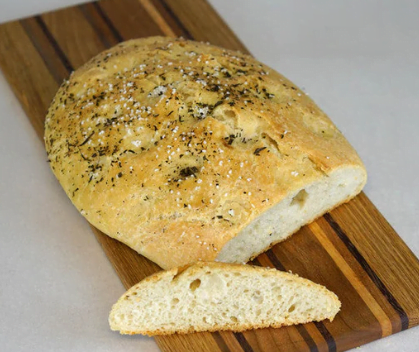
Ciabatta
2. Focaccia: This is a flat oven-baked Italian bread similar in style and texture to pizza dough. It’s often topped with olive oil, salt, and sometimes herbs.
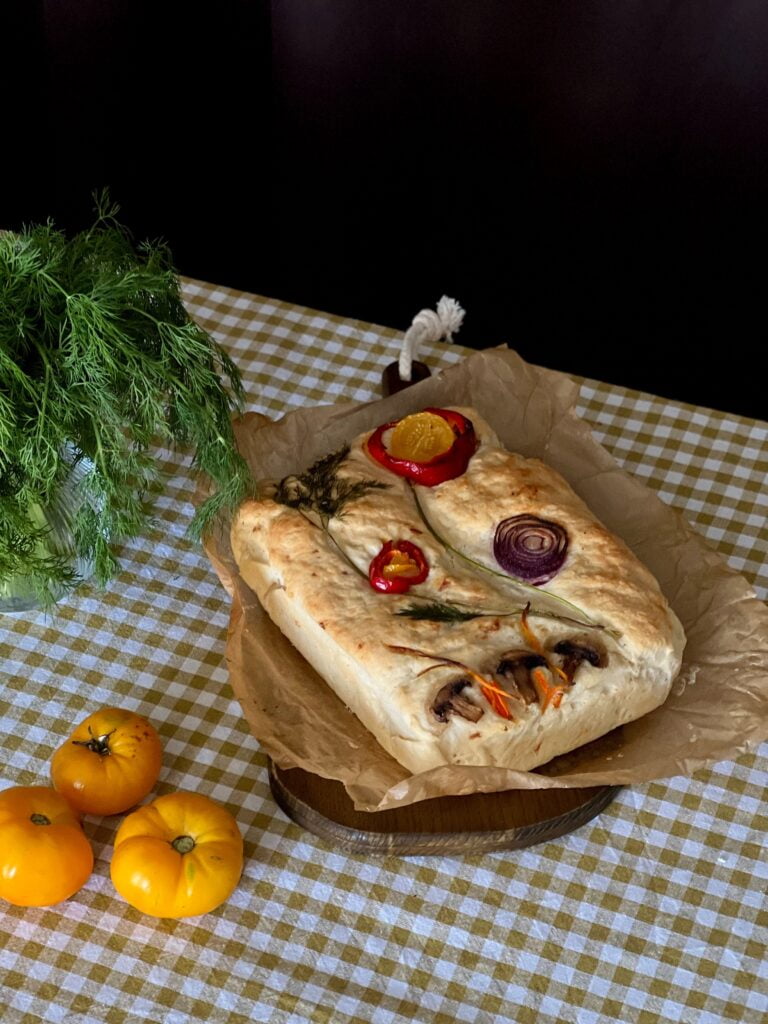
Focaccia bread
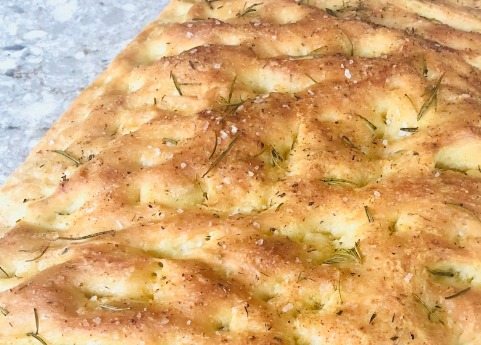
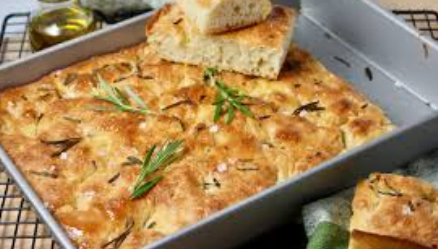
3. Pane Pugliese: Also known as “Apulian bread,” this is a round, rustic bread with a thick, crunchy crust and a chewy interior.
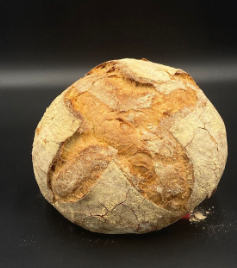
Pane Pugliese

4. Pane Siciliano: This is a round, sesame-seeded bread with a slightly sweet taste. It has a dense crumb and is often used for making sandwiches.
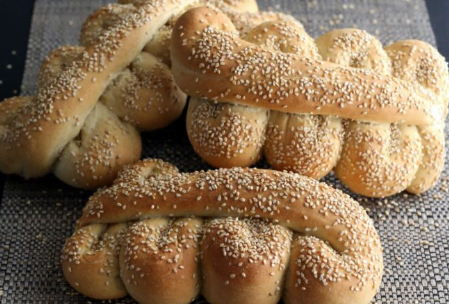
Pane Siciliano bread
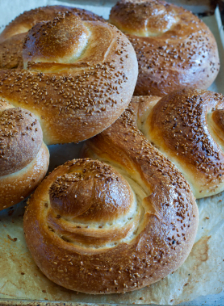
5. Grissini: Also known as breadsticks, these are long, thin sticks of crisp, dry bread originating in the Italian region of Piedmont.
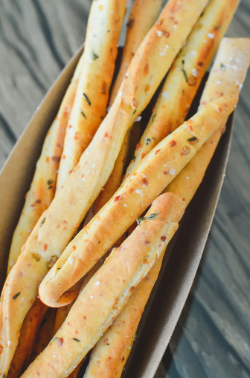
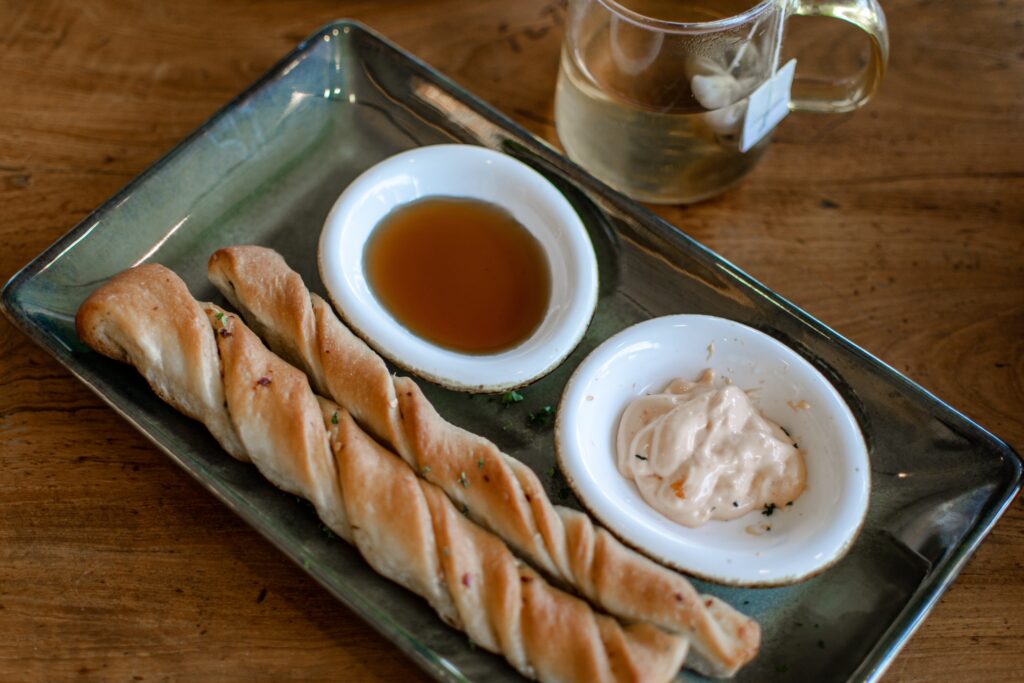
Grissini bread
6. Pane di Altamura: This bread comes from the town of Altamura in the region of Apulia. It’s known for its distinct shape, thick crust, and tender crumb.In 2003, Pane di Altamura, a naturally leavened bread crafted from remilled durum wheat semola, received the esteemed PDO (Protected Designation of Origin) status within Europe. This designation is a testament to its unique heritage and its ties to the Altamura region of the Provincia di Bari, located in the Apulia region of Italy. This recognition safeguards the traditional methods and quality standards that make Pane di Altamura a distinctive and cherished part of Italian culinary heritage.
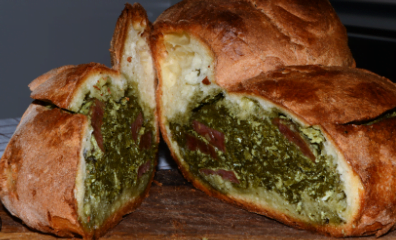
Pane di Altamura bread
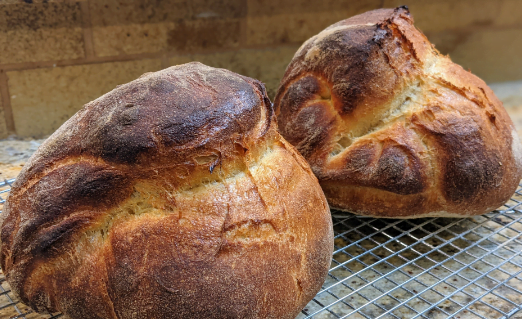
Experts in the field assert that a high-quality Altamura bread boasts an aroma reminiscent of toasted coffee, and upon consumption, leaves a subtle hint of vanilla in its after taste .The main characteristic of Altamura bread is its shelf life. It can last one or even two weeks .
7. Pane Toscano: Originating from Tuscany, this is a plain, unsalted bread with a slightly nutty flavor. It has a firm crust and a soft, airy crumb.

Pane Toscano Bread
8. Pandoro: This is a traditional Christmas bread, often shaped like a star or a dome. It’s a sweet, buttery bread dusted with powdered sugar.
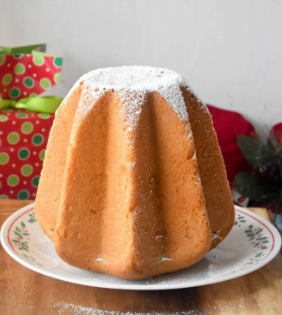

Pandoro bread package
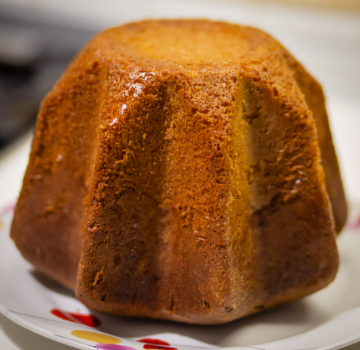
Pandoro bread
9. Panettone: Another popular Christmas bread, panettone is a sweet, fruity bread originating from Milan. It’s typically made with candied fruits and raisins.
10.Michetta: This is a small, round bread roll from Milan with a slightly crispy crust and a soft interior. It’s often used for making sandwiches.
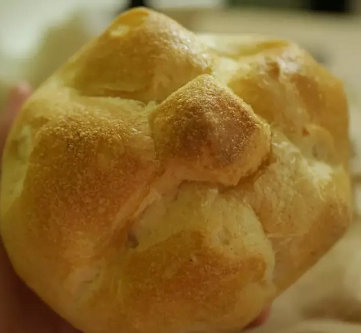
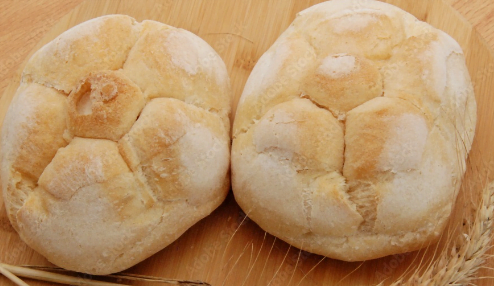
Michetta bread
11. Schiacciata: Hailing from Tuscany, this is a type of flatbread that can be either sweet or savory. It’s often seasoned with olive oil and salt.


Schiacciata bread
Remember that the availability of these bread types may vary depending on where you are, and some may be more commonly found in specific regions of Italy.
| FRENCH BREAD | ITALIAN BREAD |
| 1. In accordance with French law, bread is strictly prohibited from containing added oil or fat. This means that iconic French baguettes, for example, must be crafted using only water, flour, yeast, and salt, with a minimal allowance for the use of dough improvers. | 1.Italian bread is usually on the savory side and paired with tomatoes, cheese, and pork. The famous Carasau bread, for instance, is commonly eaten with lunchtime meals. |
| 2. French loaves are usually prepared using electric convection deck ovens. This helps create a softer and less chewy texture as compared to Italian bread loave | 2. wood-fire or stone ovens may be used to bake Italian flatbreads to give them their signature aroma and smoky flavour. |
| 3. French bread is typically sweeter and often served with breakfast foods. For instance, the French brioche is typically paired with eggs, bacon, or sweet toppings.. | 3. Italian bread tends to include olive oil, herbs, and milk that add to its distinctive taste and texture. |
| 4. French bread tends to have a crispy crust and a soft, airy crumb. The flavor is characterized by a subtle tanginess and nutty undertones. | 4. Italian breads, particularly rustic ones like ciabatta and pane pugliese, have a chewy crumb and a crust that’s usually crunchy but not as hard as a baguette. The flavor is often mild, with a pronounced wheatiness. |
| 5. French bread, especially the baguette, is often used for making sandwiches and is a key component in classic dishes like the croque-monsieur. | 5. Italian breads like ciabatta and focaccia are well-suited for making panini, bruschetta, and as a side to soak up sauces. |
Characteristic of Italian Bread
Italian bread is characterized by a thick, rustic crust with a golden-brown color, and a soft, airy, and chewy interior. It has a mild, slightly tangy flavor from natural fermentation and is made with simple ingredients like flour, water, yeast, and salt. It typically lacks added fats or sugars and preservatives. Italian bread often comes in round or oval shapes, and may use a high-hydration dough with a long fermentation period. Regional variations exist, each with its own unique style.
Taste and flavor of French bread vs Italian bread
Italian bread and French bread are known for its delicious taste and distinct flavor. The exact taste can vary depending on the specific type of Italian bread, but some common characteristics include.
| French | Italian |
|---|---|
| Crust: French bread has a crispy, golden-brown crust. The outer layer is thin and crackly, providing a satisfying crunch when bitten into. | Crusty Exterior: Many traditional Italian bread varieties have a crusty exterior. This crust is often achieved through a high-temperature baking process, creating a crispy and slightly chewy outer layer. |
| Chewy Texture: The interior of French bread is soft and chewy. The dough is typically made with minimal ingredients like flour, water, yeast, and salt, contributing to its unique texture. | Chewy Texture: Italian bread tends to have a chewy texture, especially inside the crust. This chewiness is a result of using high-protein wheat flour and the fermentation process, which develops gluten in the dough. |
| Mild Nutty Flavor: While the flavor can vary slightly depending on the specific recipe and baking techniques, French bread generally has a mild, nutty taste. The fermentation process of the dough enhances its flavor profile. | Mild Nutty Flavor: Italian bread typically has a mild nutty flavor, which comes from the high-quality wheat flour used in its preparation. The use of olive oil may also contribute to a subtle richness. |
| Slightly Tangy: The use of natural fermentation and sourdough starters in some traditional recipes can impart a subtle tanginess to the bread. | Simple Ingredients: Authentic Italian bread recipes often use simple ingredients, such as flour, water, yeast, salt, and sometimes olive oil. The focus is on letting the natural flavors of the ingredients shine through. |
| Aroma: Freshly baked French bread has a delightful aroma characterized by the combination of yeast and the toasty notes from the crust. | Slight Sourness: Depending on the fermentation process, some Italian bread may have a slightly sour taste. This is a result of natural fermentation, which produces lactic acid. |
| the quality of French bread can vary, and artisanal bakeries may have their unique twists on the classic baguette, resulting in differences in taste and texture. | Versatility: Italian bread is versatile and can complement a wide range of dishes. It can be enjoyed on its own, dipped in olive oil, used for sandwiches, or served alongside pasta and other Italian dishes. |
Bread as a political symbolism in France and Italy
France:
1. French Revolution: Bread played a central role during the French Revolution, particularly during the Bread Riots of 1789. The high cost and scarcity of bread were major grievances among the lower classes, leading to widespread protests and eventually contributing to the overthrow of the monarchy.
2. Marxist Symbolism: In Marxist theory, bread often symbolizes the basic needs of the working class. French leftist movements have historically utilized bread as a symbol of solidarity and resistance against oppression.
3. Food Sovereignty: In modern France, there has been a resurgence of interest in local and artisanal bread-making, often as a response to industrialized agriculture and globalized food systems. Initiatives promoting food sovereignty and supporting small-scale producers have gained momentum, emphasizing the cultural and economic importance of traditional bread-making.
Italy:
1. Fascist Era: In Italy, bread was heavily politicized during the fascist regime of Benito Mussolini. The regime implemented policies to ensure access to bread for all Italians, using it as a symbol of national unity and strength. Bread was distributed through fascist-controlled organizations, reinforcing the regime’s authority.
2. Regional Identity: Italy’s diverse regional cuisines, including various types of bread, have long been sources of regional pride and identity. Efforts to preserve and promote regional culinary traditions often intersect with broader debates over cultural heritage and local autonomy.
3. Slow Food Movement: Italy is home to the Slow Food movement, which advocates for traditional and sustainable food production practices. Bread, particularly artisanal varieties made from locally-sourced ingredients, is championed as a symbol of culinary heritage and environmental stewardship.
The History and Culture Behind French and Italian Bread
French Bread History
French bread has a long history dating back to the 18th century. The baguette, for example, became popular in Paris in the 1920s. French laws like the “Décret Pain” regulate the ingredients and methods used in traditional bread baking.
Italian Bread History
Italian bread has its roots in ancient Rome. Each region of Italy has its unique bread traditions, reflecting local ingredients and culinary practices. For instance, pane di Altamura comes from the Puglia region and is made with durum wheat.
How to Choose Between French and Italian Bread
Choosing between French and Italian bread often depends on the dish you’re preparing or your personal preference. French bread, with its crispy crust, is ideal for sandwiches and soups. Italian bread, with its varied textures and flavors, pairs well with olive oil, balsamic vinegar, and hearty meals.
Both French and Italian breads offer delightful experiences for any bread lover. Understanding their differences can help you appreciate the unique qualities of each and choose the best bread for your needs.
French Bread vs. Italian Bread: Which Is Healthier?
When comparing French bread and Italian bread in terms of health, several factors come into play, including ingredients, nutritional content, and how they fit into a balanced diet.
French Bread:
- Ingredients: Traditional French bread, like baguettes, is made with simple ingredients: flour, water, yeast, and salt. It often lacks added sugars and fats, making it a relatively “clean” bread option.
- Nutritional Content: French bread tends to be lower in fat and sugar compared to some other bread types. A typical baguette has a crusty exterior and a light, airy interior, which means it might have fewer calories per slice compared to denser breads.
- Health Benefits: The low-fat content and absence of added sugars can make French bread a healthier option, especially for those watching their calorie intake. However, it is still high in carbohydrates, so portion control is important.
Italian Bread:
- Ingredients: Italian bread varieties, such as ciabatta or focaccia, often include olive oil, and sometimes even sugar or milk. This can make them richer in flavor but also higher in calories and fat.
- Nutritional Content: Due to the addition of olive oil or other fats, Italian bread can be higher in calories and fat than French bread. However, the inclusion of healthy fats like olive oil might provide some nutritional benefits, such as improved heart health.
- Health Benefits: The use of olive oil in some Italian breads offers a source of healthy monounsaturated fats. However, the overall higher calorie content and potential addition of sugar make it a less ideal option for those on a calorie-restricted diet.
Which Is Healthier?
- Caloric Content: French bread generally has fewer calories per serving, making it a better choice for weight management.
- Fats and Sugars: French bread typically has less fat and sugar, while Italian bread might offer the benefits of healthy fats, depending on the type.
- Dietary Preferences: If you’re looking for a lighter option, French bread is generally healthier. However, if you value the heart-healthy benefits of olive oil, certain Italian breads might be preferable, provided they are consumed in moderation.
Ultimately, both breads can be part of a healthy diet when eaten in moderation. The choice between French and Italian bread might depend on your specific dietary needs and preferences.
Frequently Asked Questions
What is the main difference between French and Italian bread?
The main difference lies in the ingredients and texture. French bread is simpler, typically using just flour, water, salt, and yeast, resulting in a crispy crust and airy crumb. Italian bread often includes olive oil and herbs, giving it a richer flavor and varied textures.
Can I use French bread in Italian recipes?
Yes, French bread can be used in Italian recipes, especially if you enjoy the crispy texture. However, using traditional Italian bread might enhance the authenticity and flavor of the dish.
Resources:
https://en.wikipedia.org/wiki/Baguette
https://www.deliciousitaly.com/puglia-food/altamura-bread-from-bari-province

